Scientists Make Eye-Opening Discovery in Sea Caves
There is much that remains unknown about what lingers in the ocean’s depths. However, scientists are trying to explore the deepest parts of the sea with new technology.
The most recent expedition to remote and previously unknown ocean regions allowed marine scientists to discover what lives inside caverns over 8,200 feet below the surface.
Life in Hydrothermal Vents
In these hydrothermal vents—which emit hot, chemical-rich fluid into the water—a thriving community was discovered.

Source: DC Studio, Freepik
This water, heated by the Earth, can support a diverse ocean ecosystem that sustains life unknown to humans.
The Exploration
This discovery of the vents happened during a 30-day voyage to the East Pacific Rise on the Falkor (too) vessel, operated by the Schmidt Ocean Institute, an organization dedicated to researching the seven seas.

Source: Deep Ocean Education Project
This is the first time that scientists have successfully explored what is lurking underneath the hydrothermal vents.
A Remarkable Discovery
“This truly remarkable discovery of a new ecosystem, hidden beneath another ecosystem, provides fresh evidence that life exists in incredible places,” Schmidt Ocean Institute executive director Jyotika Virmani, an oceanographer, said in a statement (via Mashable).

Source: NOAA Office of Ocean Education
One of the creatures that live in this new ecosystem is a tube-like worm that travels “underneath the seafloor through vent fluid to colonize new habitats.”
The Habitats in These Vents
“Using an underwater robot, the science team overturned chunks of volcanic crust, discovering cave systems teeming with worms, snails, and chemosynthetic bacteria living in 75 degrees Fahrenheit (25 degrees Celsius) water,” the institute said in a statement.
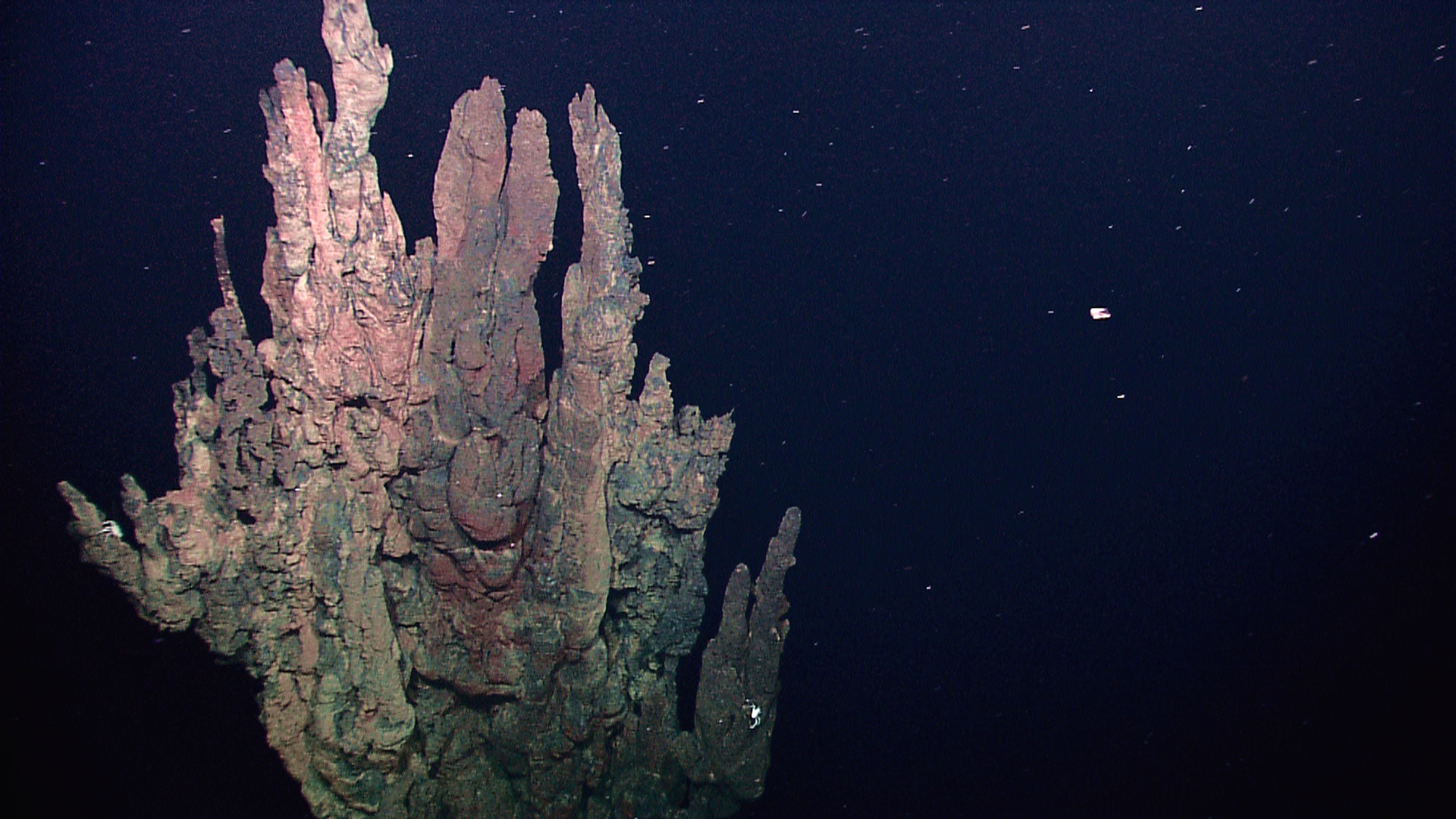
Source: Wikimedia Commons
“The discovery adds a new dimension to hydrothermal vents, showing that their habitats exist both above and below the seafloor.”
How the Data Was Collected
A deep-sea robot made the exploration images possible, revealing life traveling beneath the ocean floor in vent fluid.
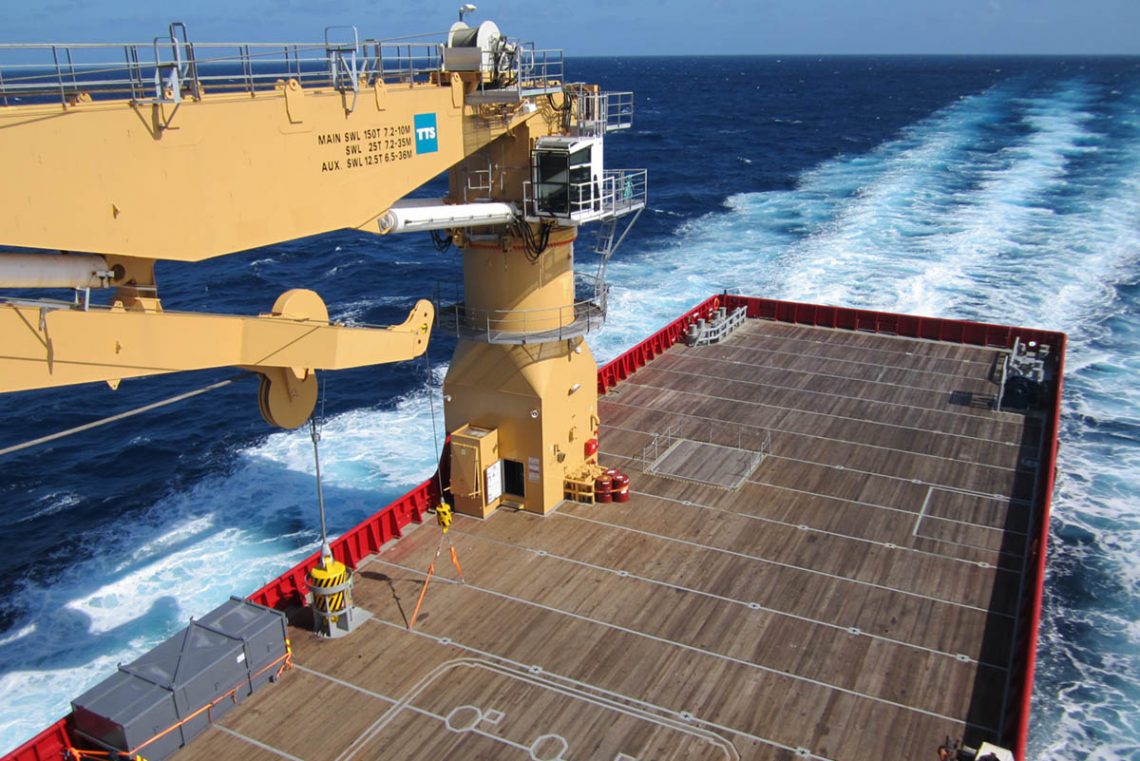
Source: Deep Ocean Education Project
The robot, which glued mesh boxes over cracks on the seafloor to block entry, collected information about the animals traveling below the subsurface.
Deep Sea Exploration Is Important for Humans
Deep sea exploration missions are vital to understanding life on Earth. The deep sea is home to many unique and often unknown species that can help scientists understand adaptation in Earth’s most ancient ecosystems.
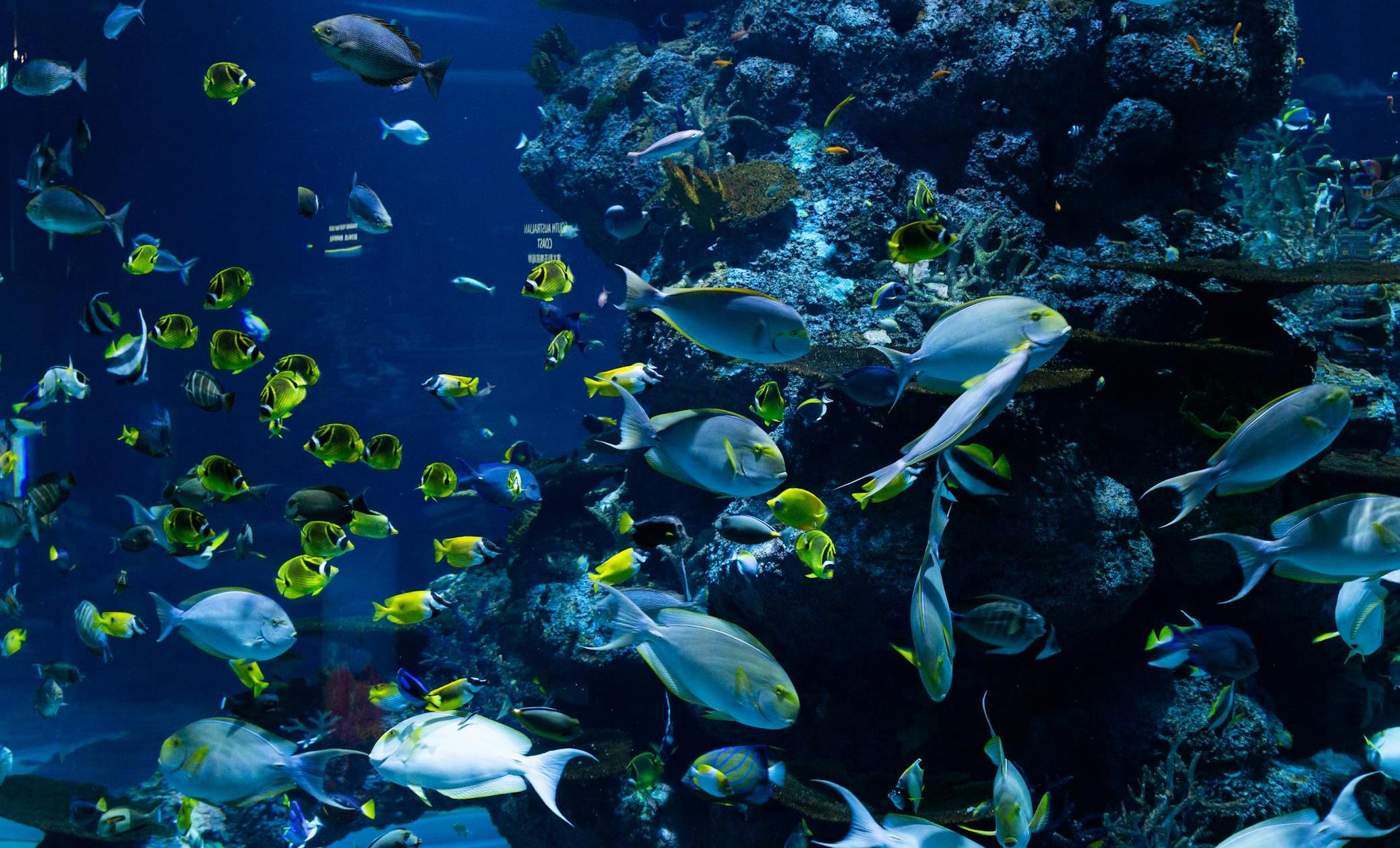
Source: Hung Tran/Pexels
Exploring the deep sea also helps uncover geological processes that affect daily life on the surface.
A Cure In the Depths of the Ocean
Another reason why deep sea exploration has been vital to researchers across the world is the potential for mineral prospecting.

Source: DC Studio, Freepik
Tank-like industrial equipment could eventually traverse parts of the seafloor to extract minerals that are either limited or impossible to obtain on the surface.
A Hope for Future Medicines
Research expeditions have found that ocean life carries the potential to create new medicines that cure ailments that current medicine has become ineffective for.

Source: Freepik
“Systematic searches for new drugs have shown that marine invertebrates produce more antibiotic, anti-cancer, and anti-inflammatory substances than any group of terrestrial organisms,” notes the National Oceanic and Atmospheric Administration.
The Deepest Part of the Ocean
Currently, the deepest spot in the world is a small, narrow valley in the Mariana Trench known as the Challenger Deep. Reaching a depth of 36,201 feet (about 6.8 miles), the Challenger Deep experiences pressure around 1,000 times greater than what we encounter at sea level.
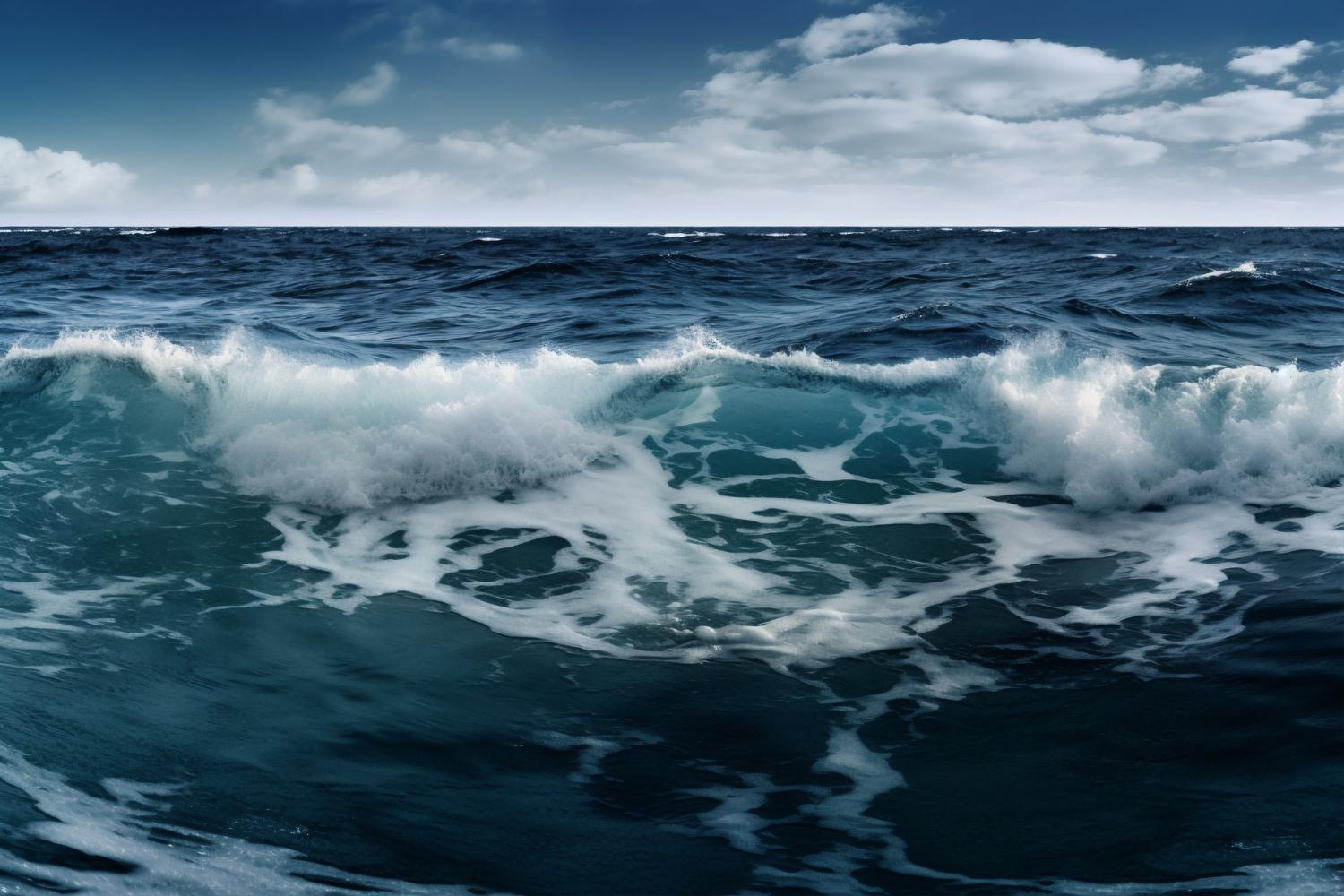
Source: Wikimedia
The life that survives down there must endure freezing conditions and absolute darkness.
Uncovering What Lies in the Darkness
In 2015, a team of researchers from the National Oceanic and Atmospheric Administration, the US Coast Guard, and Oregon State University explored the Challenger Deep with a hydrophone.
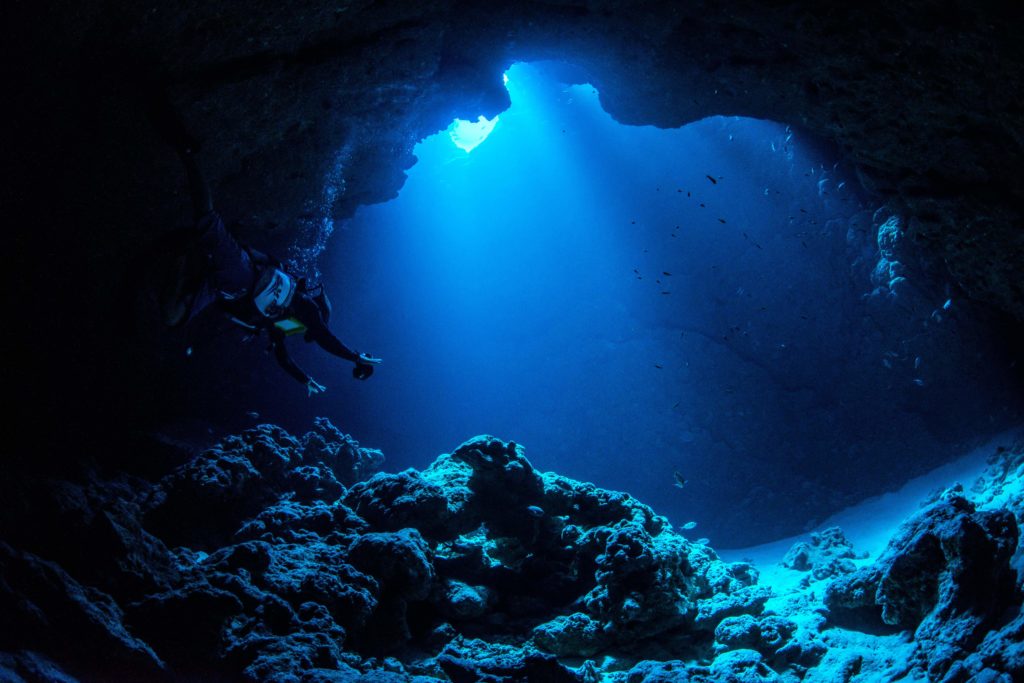
Source: Wikimedia Commons
After analyzing the data collected from the hydrophone, researchers heard natural phenomena like earthquakes, typhoons, and whale calls, as well as man-made noises like boat engines.
The Future of Deep Sea Exploration
Deep sea exploration expands our knowledge of the world we live in and uncovers new sustainable resources that can improve our lives and maintain the fragile, ever-changing ecosystem.

Source: Wikimedia Commons
It is a largely unexplored frontier that holds just as many mysteries as it does potential benefits, making exploration and research vital.
